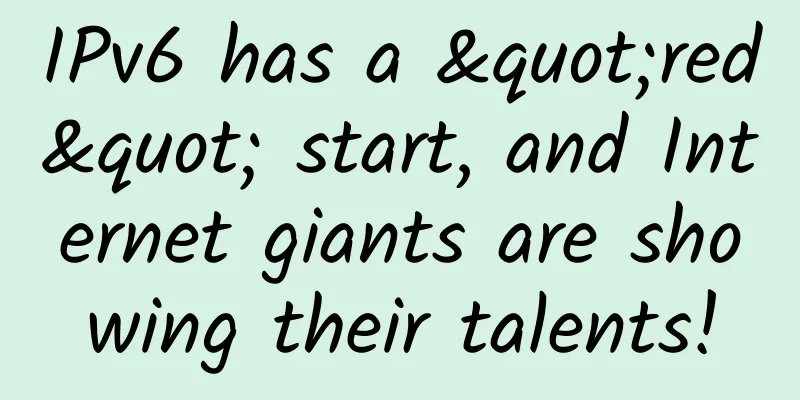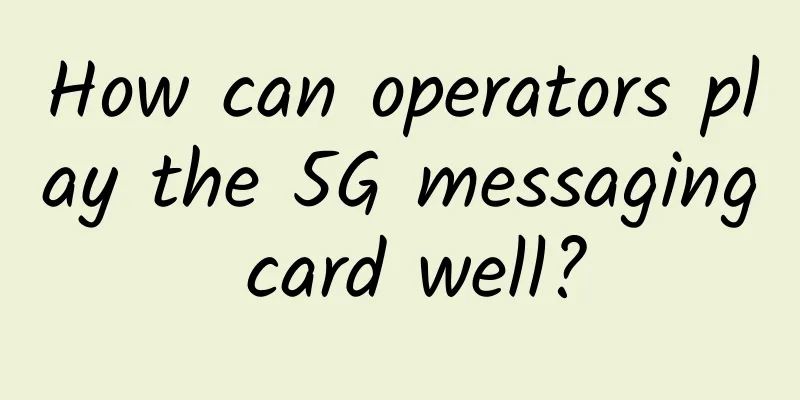Let’s talk about gRPC that you don’t know today

|
Hello everyone, I am Zhibeijun. It is the last day of another work week, but don’t forget to work hard. If you endure hardship when you grow up, you will drive a Land Rover. If you don't work hard when you are young, you will drive a Xiali when you grow up. Next, let's get to the point~ IntroductionI believe that everyone has a certain understanding of the RPC protocol, and it will be involved in the project to a certain extent, but you may be similar to me, who directly uses the plug-ins encapsulated by the platform, and you don’t know much about the principles. Today, I would like to take this opportunity to share with you the RPC framework I have recently come into contact with - grpc, and talk about those things that you know but don’t know why. OverviewRPC (Remote Procedure Call) is a protocol that allows a local computer to request a remote computer through the network to complete the interaction of data content between computers. It can be quickly used without understanding the underlying network technology, making development easier and improving the efficiency of the interactive experience. To facilitate development, there are many RPC frameworks implemented based on the RPC protocol, such as Thrift, Dubbo, and gRPC, which will be introduced in this article. What is gRPC
The client (gRPC Sub) calls method A to initiate an RPC request The request content uses Protobf for object serialization and compression The server (gRPC Server) receives the request, parses the request content, and returns after business processing The response result is compressed by object serialization through Protobuf The client receives the response, parses the response content, and finally completes the interaction Practical CasesThe editor uses the Java version for case demonstration. Other languages are similar and can be tested by yourself. POM Dependencies
<!-- gRPC configuration --> Writing protobuf files
syntax = "proto3" ;
Writing interface implementation classes
// Inherited from RuleServiceGrpc.RuleServiceImplBase Server and Client
public static void main ( String [ ] args ) throws Exception {
public static void main ( String [ ] args ) throws Exception { The client log output result means that the client successfully calls the server through gRPC and returns the result. ConclusiongRPC is essentially the traditional C|S model, which makes the roles clear and easy to understand. Another smart thing is that it is based on the HTTP2.0 protocol instead of being self-developed, which is very friendly to future network development and lowers the threshold. The most difficult part is the writing and use of proto files, which requires plugins and other dependencies, and the process is relatively complicated, but there may also be tools or scripts that can simplify this part. But the generated code is really good~ It reduces some of the workload. |
>>: How to ensure the security of 5G wireless networks
Recommend
5G development is gradually getting better
On June 6, 2019, the Ministry of Industry and Inf...
Deutsche Telekom expects 5G network to cover 50% of the German population by 2022
Telefénica/O2, the German telecom operator contro...
Number portability is officially launched, three types of problems need to be "eliminated"
On November 27, the Ministry of Industry and Info...
What is Gigabit Ethernet (GBE)?
The world has been in need of faster data transfe...
Learn VLAN division from scratch to double your network performance!
When it comes to network security and performance...
Front-end Science: What is an API Gateway? Why is it useful?
An API is often referred to as a front door for a...
I was shocked that P2P can be used for interactive live broadcasting
The "No-delay P2P" launched by Yunfan A...
Six tips for optimizing network security vendor integration
As the network security situation becomes increas...
IoT and 5G: Transforming Public Transportation Systems
Smart cities collect data from different connecte...
How Apple's iCloud Private Relay powers enterprise VPNs
Apple's iCloud Private Relay service offers p...
Shumai Technology: Hong Kong independent server from 326 yuan/month, optional CN2+BGP/Huawei premium network, 20% off for the first month
Shuhost Technology has launched a year-end promot...
Skipping 5G, the United States starts working on 6G: Apple, Google and others join the "Next Generation G Alliance"
Apple’s 5G iPhone has just been launched, and it’...
Looking back at the journey of Huawei's ICT ecosystem, I would like to give a thumbs up to the partners who have jointly built a prosperous ecosystem!
In June, although the "Huawei China ICT Ecos...
China Telecom will start 5G independent networking next year, earlier than China Mobile and support 2,000 yuan mobile phones
[At the Tianyi Exhibition, China Telecom once aga...
Review of 5G standards in 2020: R16 standard freezes and improves capability triangle, opening a "new era" for commercial use
[[374016]] In order to better review the gratifyi...









